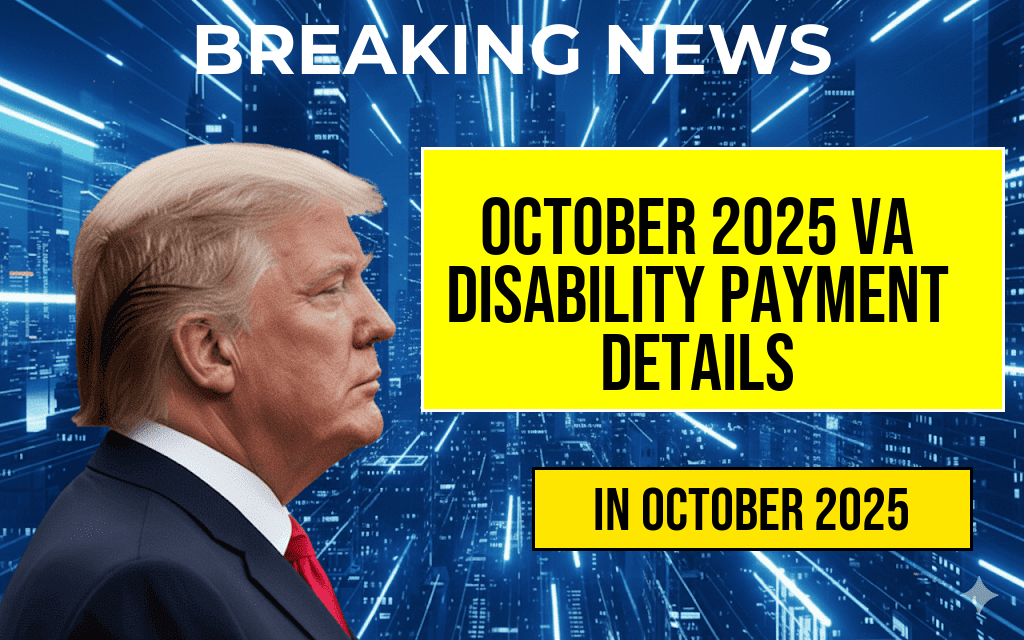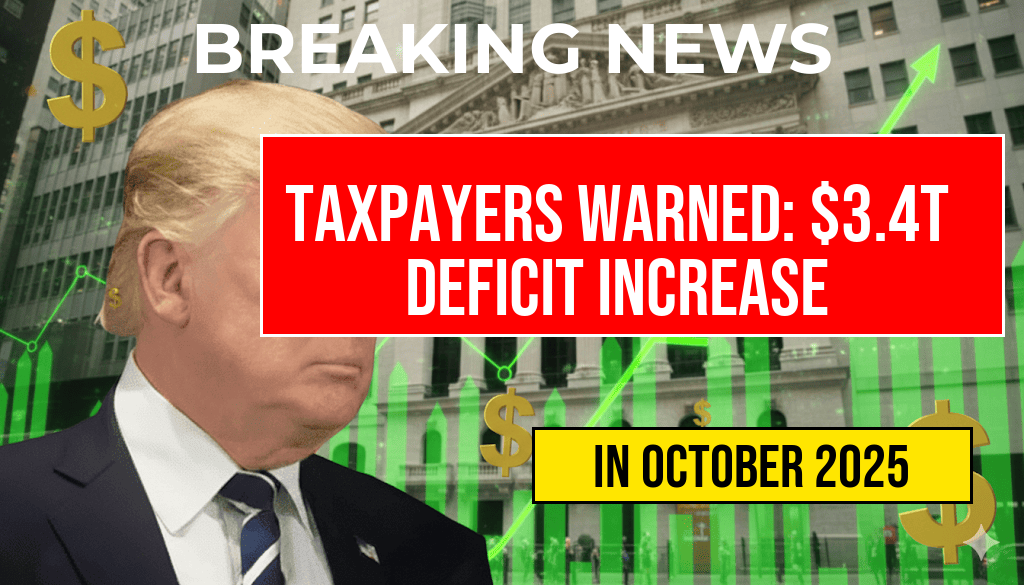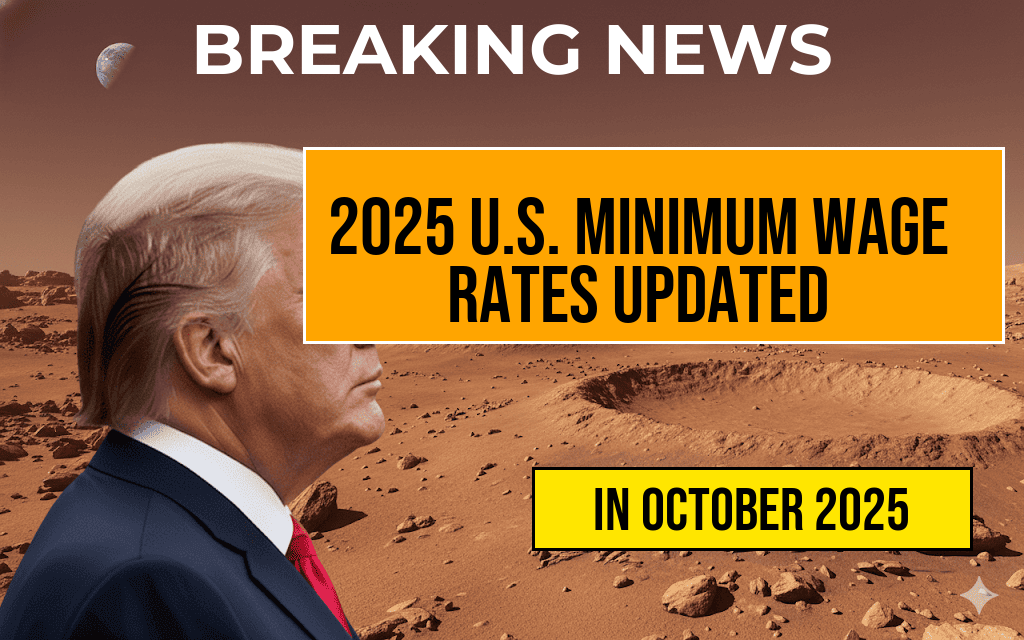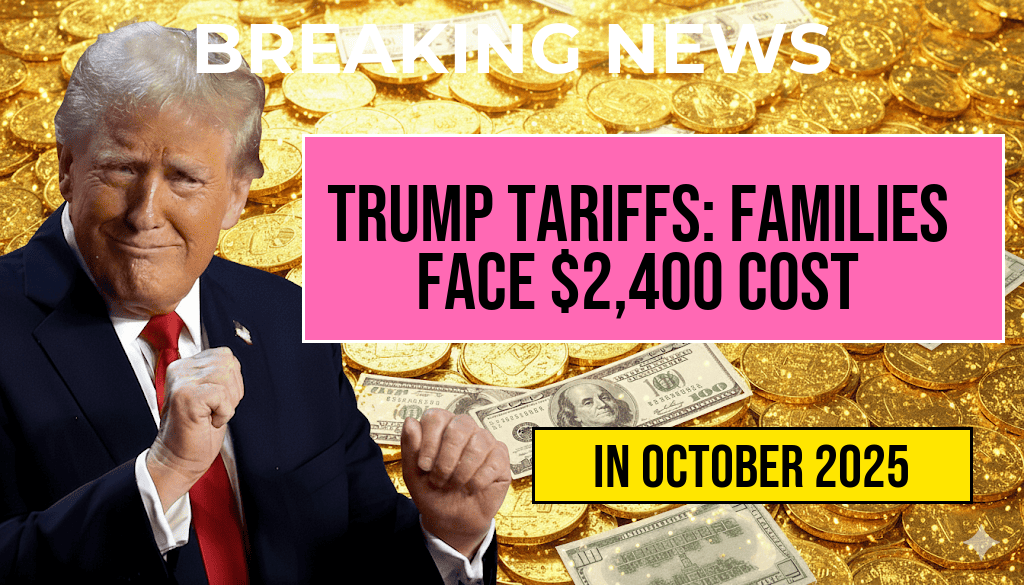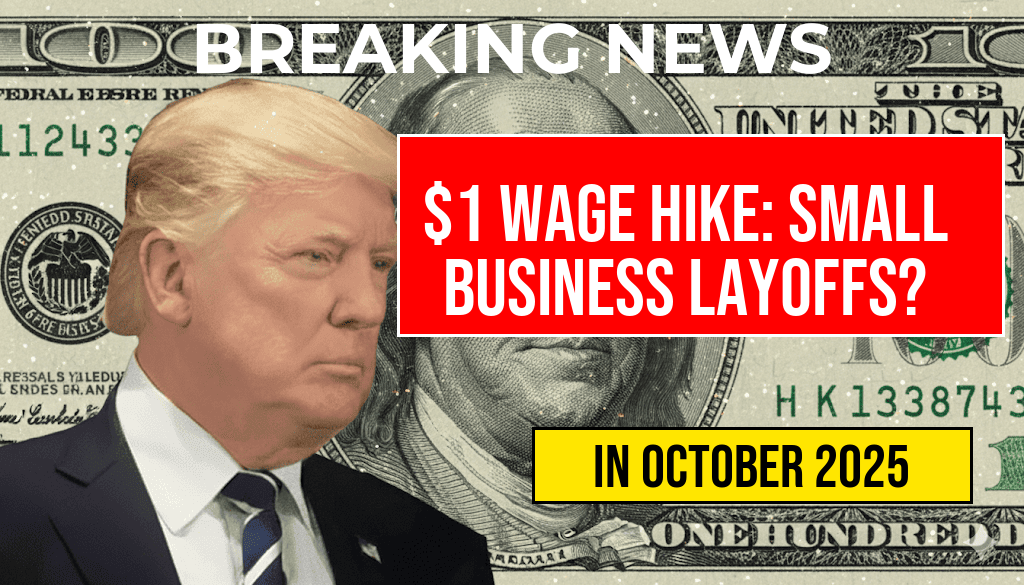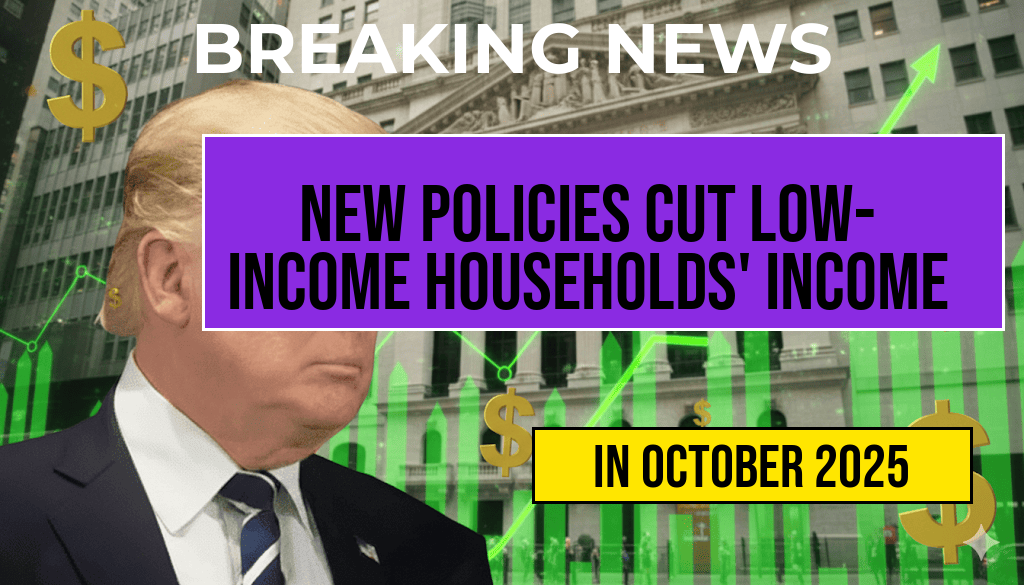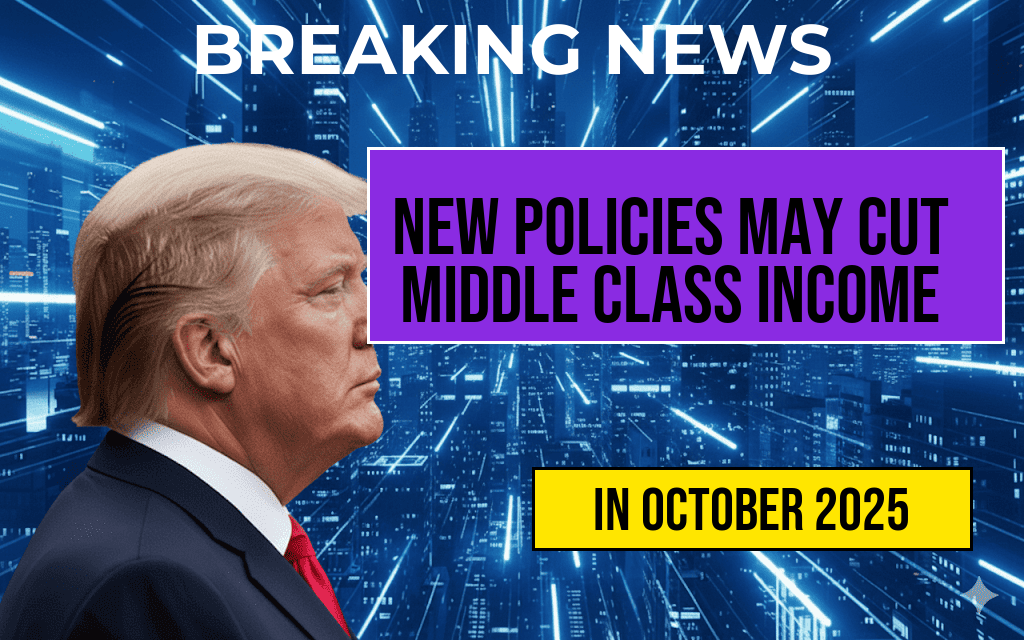The U.S. Department of Labor has announced updated hourly pay rates as part of the nationwide minimum wage increase set to take effect in 2025. Effective October 4, 2025, the new minimum wage will rise to $15.00 per hour, a significant adjustment aimed at addressing the rising cost of living and economic disparities across the country. This increase marks one of the most substantial revisions to federal wage standards in recent years, impacting millions of workers and employers. The changes are expected to influence various sectors, including retail, hospitality, and service industries, where minimum wage jobs are prevalent. Lawmakers and labor advocates are optimistic that this adjustment will uplift many families struggling to make ends meet, although some business owners express concerns about the potential economic implications.
Background on Minimum Wage Legislation
The minimum wage in the United States has been a topic of debate for decades. The Fair Labor Standards Act (FLSA), enacted in 1938, established the first federal minimum wage. Since then, it has seen periodic increases, with the last adjustment occurring in July 2009 when it rose to $7.25 per hour. Various states and cities have implemented their own higher rates, reflecting local economic conditions. The upcoming increase to $15.00 per hour aims to standardize the minimum wage at a level that supports a basic standard of living.
Details of the 2025 Minimum Wage Increase
The scheduled increase to $15.00 per hour will occur in incremental steps over the next few years. According to the Department of Labor, the plan includes yearly adjustments to account for inflation and changes in the cost of living. Here’s a breakdown of the upcoming changes:
| Year | Minimum Wage Rate |
|---|---|
| 2023 | $13.50 |
| 2024 | $14.25 |
| 2025 | $15.00 |
Impact on Workers and Employers
The impact of the minimum wage increase is expected to be profound for both workers and employers. For employees earning minimum wage, the raise could translate to better financial stability and improved quality of life. Labor unions and worker advocacy groups have long championed higher wages as essential for reducing poverty and ensuring fair compensation for all workers.
- Benefits for Workers: Increased disposable income, reduced reliance on government assistance programs, and enhanced morale.
- Challenges for Employers: Potential increases in payroll expenses, adjustments in staffing levels, and the need to reassess pricing strategies.
Responses from Various Stakeholders
The announcement has drawn a variety of responses from different sectors. Labor organizations have welcomed the news, emphasizing the importance of a living wage. “This is a significant step toward economic justice for workers who have been underpaid for far too long,” stated a representative from the National Labor Relations Board.
Conversely, some business owners have expressed apprehension regarding the financial burden the increase may impose. Many fear that higher wages could lead to increased prices for consumers or even job losses in sectors with tight profit margins. “We want to pay our employees fairly, but we also need to keep our doors open,” said a small business owner in the hospitality sector.
State-Level Adjustments
While the federal minimum wage is set to rise, several states and local jurisdictions have already implemented higher minimum wages. Cities like Seattle and San Francisco have established rates exceeding $15.00 per hour. As the federal increase approaches, some states may still consider their own adjustments to remain competitive and address local economic conditions.
Looking Ahead
The minimum wage increase is part of a broader conversation about economic equity in the United States. As various stakeholders navigate the implications of this change, attention will likely focus on how these adjustments impact the labor market, consumer prices, and overall economic health. The 2025 increase to $15.00 per hour is not just a number; it represents a pivotal moment in the ongoing struggle for fair wages across the nation.
For more information on the history of minimum wage laws, visit Wikipedia. For updates on how states are responding to this increase, you can check Forbes.
Frequently Asked Questions
What is the new minimum wage rate in the U.S. effective October 4, 2025?
The new minimum wage rate in the U.S. effective October 4, 2025, will be updated to reflect an increase to ensure that workers receive a fair compensation for their labor.
How often will the minimum wage rates be updated?
The minimum wage rates will be updated annually, with adjustments considered based on inflation and cost of living to maintain purchasing power for workers.
Who is affected by the minimum wage increase?
The minimum wage increase affects all hourly workers who earn less than the established federal or state minimum wage, including part-time and full-time employees.
Are there any exceptions to the minimum wage increase?
Yes, certain workers, such as tipped employees, some seasonal workers, and those under 20 years of age during their first 90 days of employment, may be subject to different minimum wage regulations.
How can employers prepare for the minimum wage increase in 2025?
Employers can prepare for the minimum wage increase by reviewing their payroll processes, budgeting for increased labor costs, and ensuring compliance with the new wage laws to avoid penalties.

